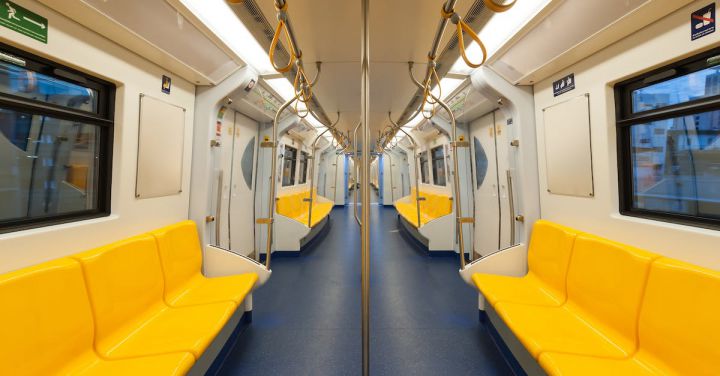When we think of warfare, images of tanks, planes, and infantry often come to mind. However, there is one formidable weapon that is often overlooked – the armored train. These massive machines were a staple of military operations in the late 19th and early 20th centuries, providing a mobile and heavily fortified platform for troops and weaponry. Let’s take a closer look at the history and significance of armored trains in the annals of warfare.
Armored trains first emerged during the American Civil War, when both Union and Confederate forces experimented with the concept of using rail vehicles as platforms for artillery. However, it was not until the Russo-Japanese War in 1904 that armored trains truly came into their own. The Russian Empire, facing off against the Japanese, deployed a fleet of armored trains to protect their vital supply lines and provide fire support for their troops. These trains were equipped with heavy artillery, machine guns, and even searchlights, making them a force to be reckoned with on the battlefield.
During World War I, armored trains played a significant role on both the Eastern and Western fronts. The Russian Empire, despite being plagued by internal strife, continued to use armored trains to great effect against the Central Powers. These trains were often used for reconnaissance, as their speed and mobility allowed them to quickly gather vital intelligence. They also served as a deterrent to enemy attacks, as their armored hulls made them highly resistant to small arms fire.
The armored trains used by the Central Powers were equally impressive. Germany, in particular, utilized armored trains extensively on the Eastern Front, where they were used to transport troops and supplies, as well as provide heavy fire support. These trains were often equipped with multiple artillery pieces, machine guns, and anti-aircraft guns, making them a formidable opponent for any enemy force.
One of the most famous armored trains of the time was the Panzerzug, used by the German army. These trains featured heavy armor plating, allowing them to withstand enemy fire while still delivering devastating blows to the enemy. The Panzerzug also had the ability to lay down its own tracks, allowing it to operate in areas where traditional rail lines were non-existent or damaged.
Armored trains continued to see use in conflicts throughout the 20th century. During the Russian Civil War, both the Red and White armies employed armored trains to great effect. These trains were often used to transport troops, supplies, and even armored cars, providing a mobile and heavily fortified base of operations.
In more recent times, armored trains have been used primarily in a defensive role. During the Second World War, the Soviet Union used armored trains to defend key strategic areas, such as railway junctions and supply depots. These trains were heavily armed and equipped with anti-aircraft guns, making them a difficult target for enemy aircraft.
In conclusion, armored trains have played a significant role in the history of warfare. These massive machines provided a mobile and heavily fortified platform for troops and weaponry, allowing for rapid deployment and devastating firepower. From their humble beginnings in the American Civil War to their use in conflicts such as World War I and the Russian Civil War, armored trains have proven to be a formidable weapon of war. While their use has declined in modern times, the legacy of these armored behemoths lives on, reminding us of the ingenuity and resourcefulness of those who pioneered their use.
